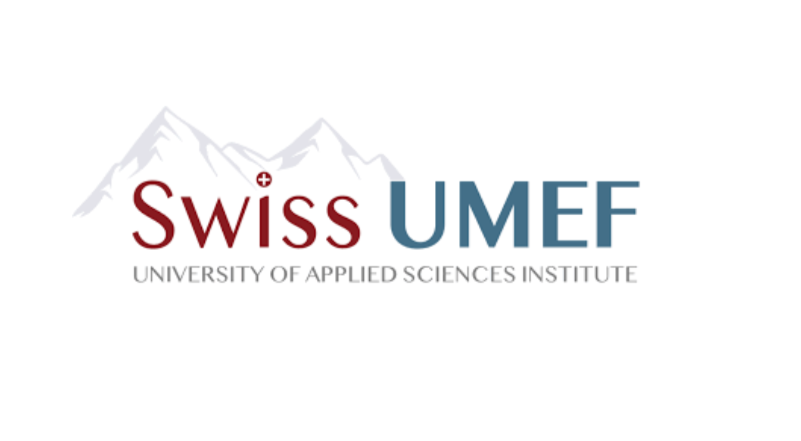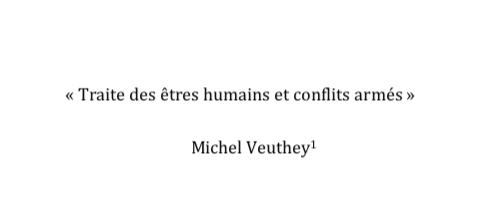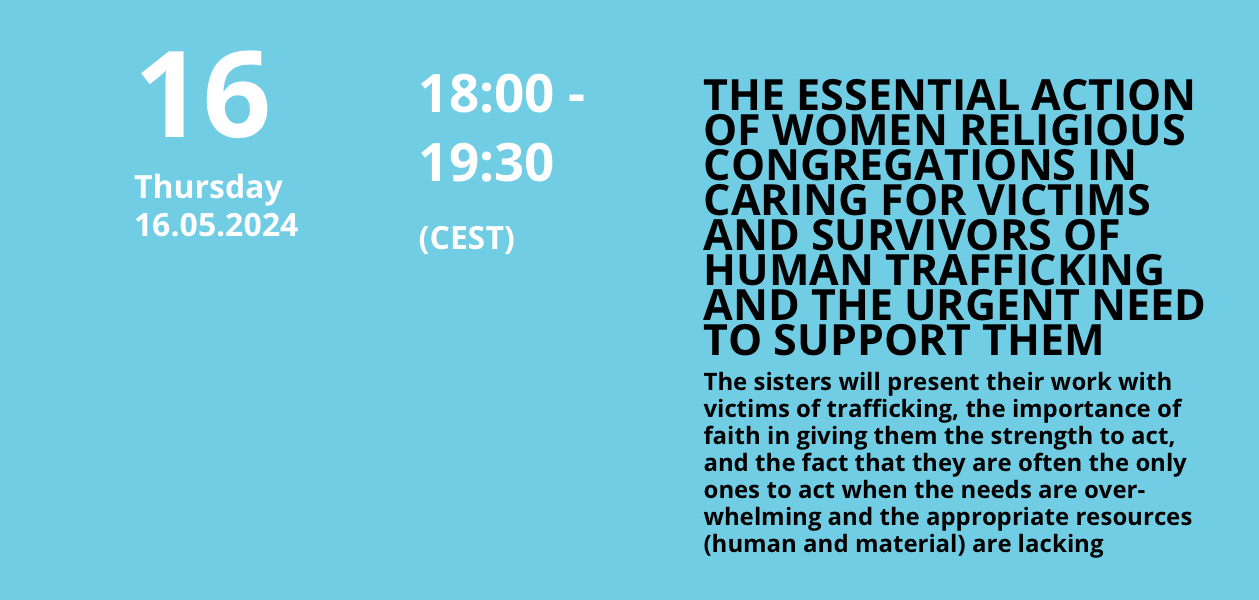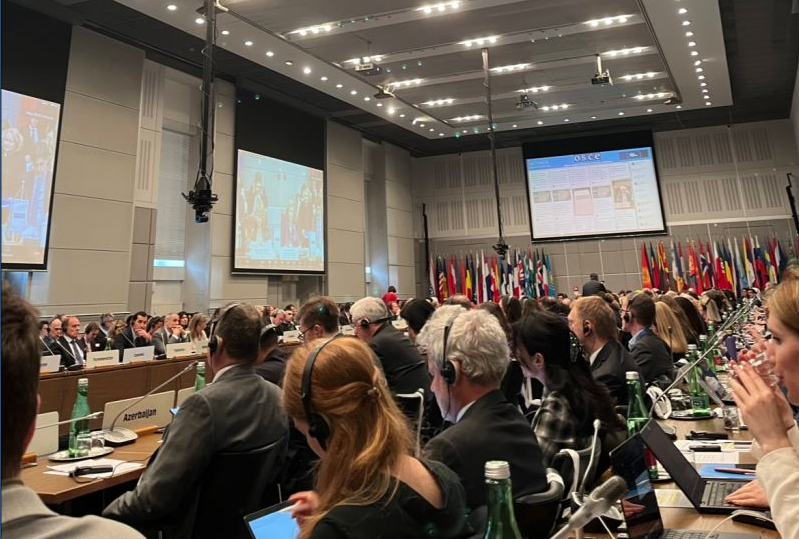On April 17th, 2024, Professor Michel Veuthey, Ambassador to monitor and combat trafficking in persons, was invited to deliver a presentation titled “The Climate Change-Human Trafficking Nexus” at the Swiss UMEF University of Applied Sciences Institute. His intervention focused on the following key points:
1. Climate change threatens the lives, livelihoods and fundamental rights of hundreds of millions of people and subjects the most vulnerable to an increased risk of human trafficking and contemporary slavery.
Climate change can exacerbate risk factors for human trafficking, including poverty, political instability, armed conflict, migration, and forced displacement. Victims of climate instability will be more vulnerable to forms of modern slavery, including forced labor, sexual exploitation, and organ trafficking.
2. Vicious circle between climate change and modern-day slavery
Climate change and modern slavery are linked in a vicious circle: people who lose their livelihoods, incomes and links with their communities often become vulnerable to exploitation and, in the worst case, modern slavery, as they are forced to migrate. By 2050, the World Bank estimates that over 143 million people will have been forced to leave their homes in sub-Saharan Africa, South Asia, and Latin America as a result of climate change.
The industries driving climate change make people vulnerable to forced migration. Extractive industries and agricultural enterprises contribute to the emissions that fuel climate change while deeply damaging the land and water on which ordinary people depend. This plunges many people into poverty and forces them to leave their homes and communities, making them more vulnerable to human traffickers and exposing them to the risk of slavery.
Companies that contribute to the problem exploit many victims of climate emergencies. Many people forced to migrate because of climate emergencies find themselves victims of human trafficking and forced labor, sometimes within the very industries that degrade the environment, thus completing a vicious circle in which climate change both drives and is the corollary of modern slavery.
3. What can we do about it?
Problems and solutions can vary greatly from one situation to another.
Different approaches will be needed. Cooperation between all players, including vulnerable and affected populations, is essential.
What can we do? We have a wide range of tools at our disposal:
– Legal instruments to combat modern slavery and climate change: human rights, labor law, migration law, refugee law, maritime law, international criminal law and international humanitarian law applicable to armed conflict.
– Economic approaches to address climate-induced vulnerability to modern slavery and integrate modern slavery considerations into national climate change plans. We need to ensure that renewable energy supply chains, such as solar panels, are free from forced labor and exploitation. Include the need to address the risks of climate-induced modern slavery in the Warsaw International Mechanism’s Working Group on Displacement (WIM TFD) recommendations to avoid, minimize, and address displacement linked to the negative effects of climate change.
– Leave no one behind. We already know that many people are particularly vulnerable to modern slavery because of who they are and where they were born. We need to look at rural and farming communities and indigenous populations, focusing on gender, disability, caste, and other factors that exacerbate exclusion and increase the risk of slavery to ensure that no one is left behind.
– Cooperation is key: cooperation between ministries, cooperation between governments, cooperation with international, regional, and sub-regional organizations, and cooperation with civil society (universities, businesses, local communities, cities, media, religions), not forgetting vulnerable populations, victims and survivors of climate change and contemporary slavery.
Reference available HERE.
“The window of opportunity is still open to secure resilience for all – but not for long.”
World Bank, Groundswell (2018)
“From Eastern Congo to the Bangladeshi Sundarbans to the Brazilian Amazon, slave labor is routinely utilized by some of the most ecologically toxic industries on earth, like brick making, clear-cut deforestation, precious-woods logging, and strip mining.”
Kevin Bales (2021)
“Let us not pray to be sheltered from dangers, but to be fearless when facing them.”
R. Tagore, quoted by Christiana Figueres, The Future We Choose. Surviving the Climate Crisis




